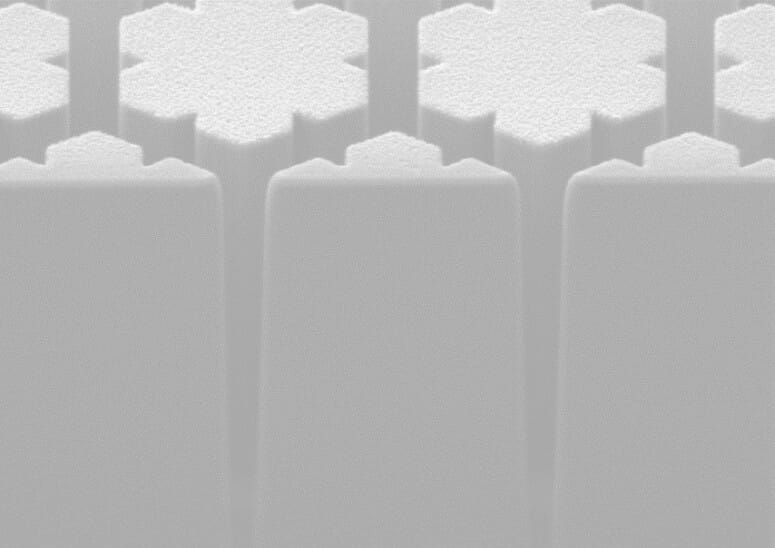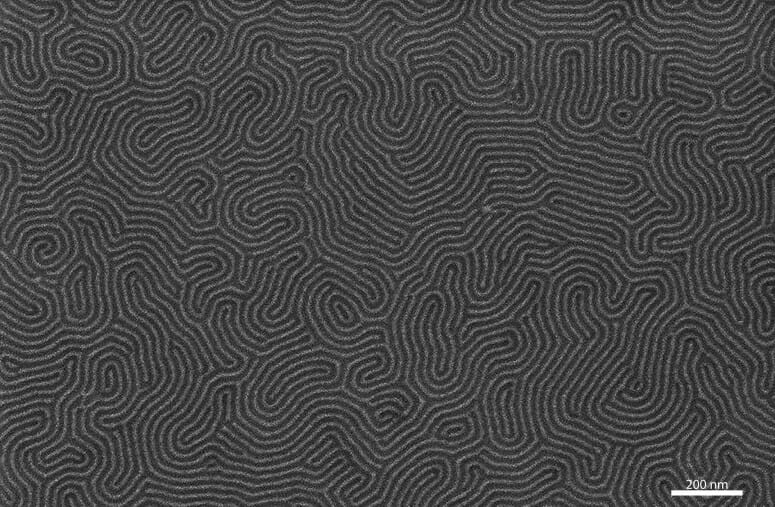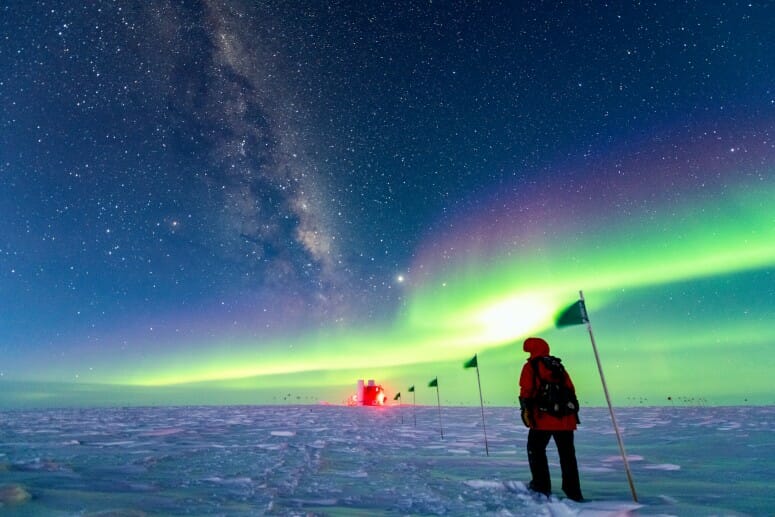This story is largely adapted from UW’s announcement of the 2021 Cool Science Image contest winners.
Ten images and two videos created by University of Wisconsin–Madison students, faculty and staff — including two images from Physics and one from IceCube — have been named winners of the 2021 Cool Science Image Contest.
The winners from physics include Joel Siegel, Margaret Fortman, and Gregory Holdman; from IceCube, Yuya Makino.
A panel of nine experienced artists, scientists and science communicators judged the scientific content and aesthetic and creative qualities of scores of images and videos entered in the 11th annual competition. The winning entries showcase animals and plants, the invisibly small structures all around us, and stars and nebulae millions of millions of miles away.
An exhibit featuring the winners is open to the public at the McPherson Eye Research Institute’s Mandelbaum and Albert Family Vision Gallery on the ninth floor of the Wisconsin Institutes for Medical Research, 111 Highland Ave., through December. A reception — open to the public — for the contest entrants will be held at the gallery on Oct. 7 from 4:30 to 6:30 p.m.
Winning submissions were created with point-and-shoot digital cameras, cutting-edge microscopes, and telescopes of both the backyard and mountaintop variety.
Because sometimes, there’s no substitute for the visual.
“An image often can convey meaning more effectively than words,” says Ahna Skop, a longtime contest judge, artist and UW–Madison professor of genetics and active ambassador for science. “We know from marketing and education research that adding a picture with words to a slide increases retention of knowledge by 65 percent. The visual communication of science is critical for the transference of knowledge broadly.”
The winning entries from Physics/IceCube


